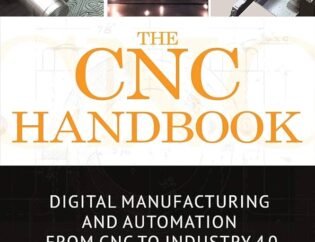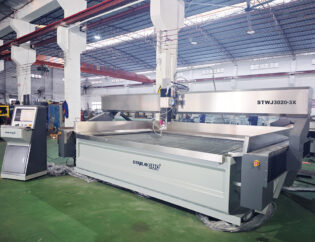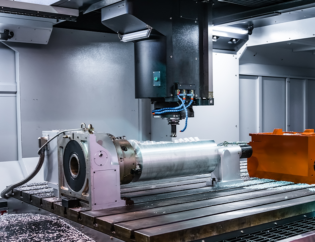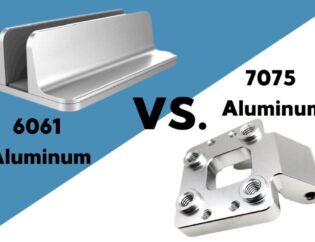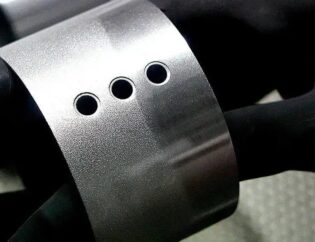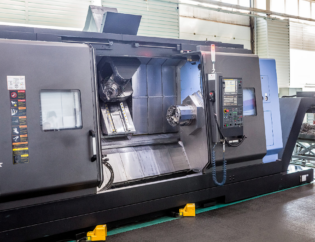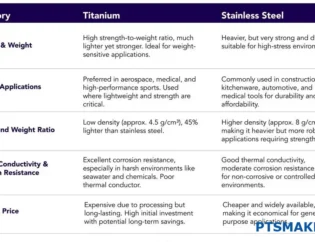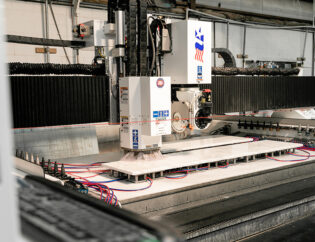CNC Swiss machining is a pivotal technology in modern manufacturing, renowned for its precision and efficiency. This guide delves into the intricacies of Swiss machining, exploring its unique capabilities and applications across various industries. Understanding this process is essential for engineers, manufacturers, and anyone interested in advanced machining techniques.
Readers can expect to learn about the fundamental principles of CNC Swiss machining, including its operational mechanics and advantages over traditional methods. We will also cover the types of materials suitable for this process and the specific industries that benefit from its use.
Additionally, this guide will provide insights into the latest advancements in CNC Swiss technology, highlighting innovations that enhance productivity and accuracy. By the end, readers will have a comprehensive understanding of CNC Swiss machining and its critical role in shaping the future of manufacturing.
Swiss Machining: The Ultimate Guide to Swiss CNC Machining
Imagine a world where precision is paramount, where the tiniest components must fit together flawlessly to ensure the proper functioning of advanced medical devices, aerospace technologies, and intricate timepieces. This is the realm of Swiss machining, a specialized manufacturing process that redefines accuracy and efficiency. But what exactly is Swiss machining, and how does it achieve such remarkable precision?
Understanding Swiss Machining
Swiss machining, also known as Swiss CNC machining, is a high-precision manufacturing technique that utilizes specialized tools to create intricate parts. Originally developed for the watchmaking industry, it has expanded into various sectors, including medical, aerospace, and automotive. The process is characterized by its ability to produce small, complex components with tight tolerances, making it ideal for applications where precision is critical.
Technical Features of Swiss Machining
Swiss machining employs several unique features that enhance its precision and efficiency. Below is a comparison table highlighting these technical features:
| Feature | Description |
|---|---|
| Sliding Headstock | Allows the workpiece to move along the Z-axis, providing stability and reducing deflection. |
| Guide Bushing | Supports the workpiece close to the cutting tool, ensuring high accuracy and tight tolerances. |
| CNC Integration | Automates the machining process, allowing for multiple operations in a single setup. |
| High RPM Capability | Enables faster machining times without compromising precision. |
| Multi-Axis Machining | Allows simultaneous operations, enhancing productivity and reducing cycle times. |
Types of Swiss Machining
Swiss machining can be categorized into different types based on their design and functionality. Here’s a comparison table of the various types:
| Type | Description |
|---|---|
| Swiss Type Lathe | Designed for high-precision turning of small parts, utilizing a sliding headstock and guide bushing. |
| CNC Swiss Lathe | Combines CNC technology with Swiss design for automated, precise machining of intricate components. |
| Sliding Headstock Lathe | Features a moving headstock for better control over long workpieces, reducing deflection. |
| Multi-Spindle Swiss Lathe | Utilizes multiple spindles for simultaneous machining operations, increasing production efficiency. |
Applications of Swiss Machining
Swiss machining is widely used across various industries due to its precision and efficiency. Here are some key applications:
Medical Industry
In the medical field, Swiss machining is essential for manufacturing surgical instruments, orthopedic implants, and dental components. The high precision ensures that these critical components meet stringent quality standards.
Aerospace Industry
The aerospace sector relies on Swiss machining for producing intricate components such as turbine blades and fuel nozzles. The ability to maintain tight tolerances is crucial for ensuring safety and reliability in aircraft systems.
Automotive Industry
Swiss machining plays a vital role in the automotive industry, where it is used to manufacture engine components, fuel injectors, and transmission parts. The precision and efficiency of Swiss machining contribute to the overall performance of automotive systems.
Electronics Industry
The electronics sector benefits from Swiss machining for producing miniature components like connectors and sensors. The ability to create small, detailed parts is essential for modern electronic devices.
Watchmaking Industry
Swiss machining originated in the watchmaking industry, where it continues to be vital for producing intricate watch components. The precision achieved through Swiss machining is crucial for high-quality timepieces.
Advantages of Swiss Machining
Swiss machining offers numerous benefits that make it a preferred choice for precision manufacturing:
- High Precision: The combination of sliding headstock and guide bushing allows for exceptional accuracy, making it ideal for intricate parts.
- Efficiency: The ability to perform multiple operations in a single setup reduces cycle times and increases productivity.
- Cost-Effectiveness: While initial costs may be higher, the efficiency and precision of Swiss machining lead to long-term savings.
- Versatility: Swiss machines can handle a wide range of materials, including metals and plastics, making them suitable for various applications.
- Reduced Secondary Operations: The precision of Swiss machining often eliminates the need for additional finishing processes, streamlining production.
Conclusion
Swiss machining is a cutting-edge manufacturing technique that excels in producing high-precision, intricate components across various industries. Its unique features, such as the sliding headstock and guide bushing, enable manufacturers to achieve tight tolerances and high efficiency. As industries continue to demand precision and quality, Swiss machining remains a vital tool for meeting these needs.
FAQs
Related Video
What is Swiss CNC machining?
Swiss CNC machining is a precise manufacturing process that uses computer-controlled lathes to produce small, complex parts with high accuracy.
What industries benefit from Swiss machining?
Industries such as medical, aerospace, automotive, electronics, and watchmaking benefit from Swiss machining due to its precision and efficiency.
How does Swiss machining achieve high precision?
Swiss machining achieves high precision through the use of guide bushings and sliding headstocks, which minimize deflection and ensure stability during machining.
What materials can be used in Swiss machining?
Swiss machining can handle various materials, including stainless steel, aluminum, brass, titanium, and certain plastics, making it versatile for different applications.
What are the advantages of using Swiss machining?
The advantages of Swiss machining include high precision, efficiency, cost-effectiveness, versatility in material handling, and reduced need for secondary operations.


